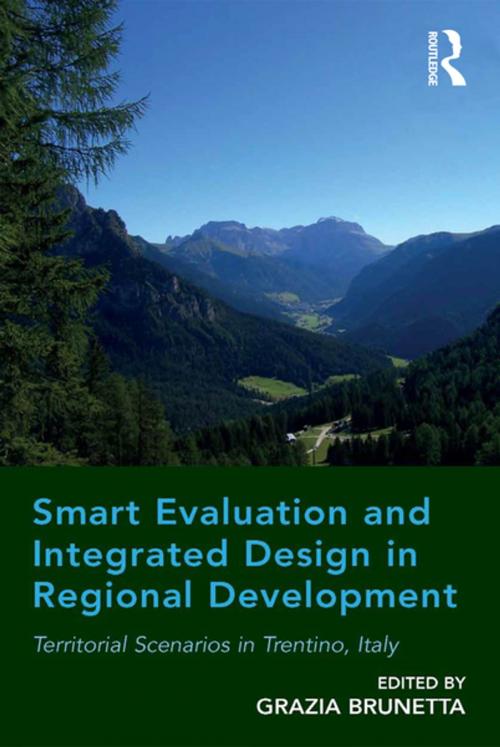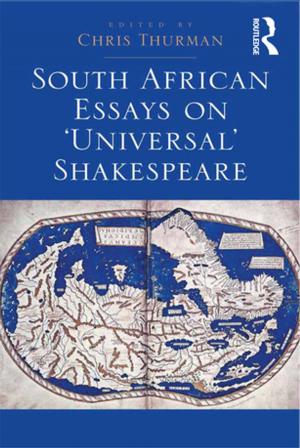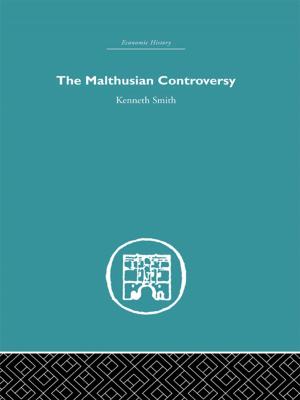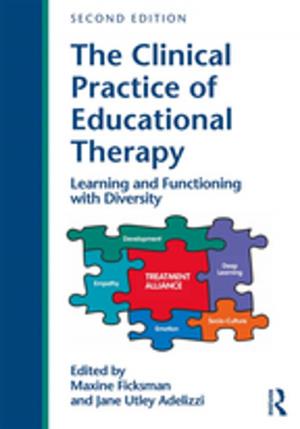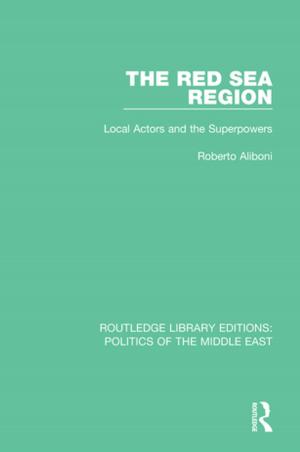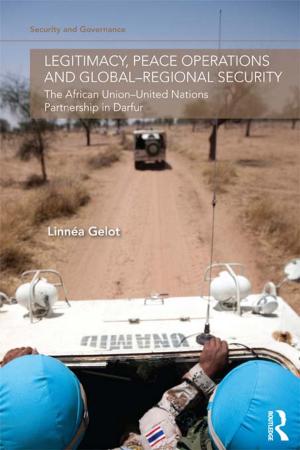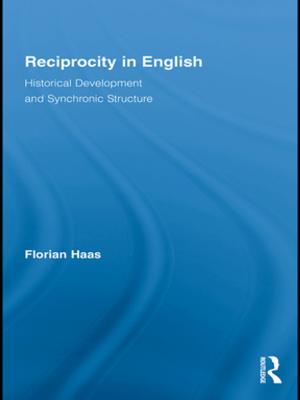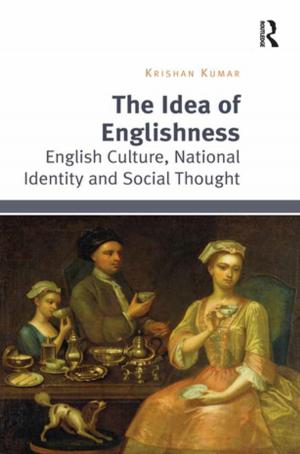Smart Evaluation and Integrated Design in Regional Development
Territorial Scenarios in Trentino, Italy
Nonfiction, Social & Cultural Studies, Political Science, Politics, Regional Planning, Social Science| Author: | Grazia Brunetta | ISBN: | 9781317054245 |
| Publisher: | Taylor and Francis | Publication: | March 3, 2016 |
| Imprint: | Routledge | Language: | English |
| Author: | Grazia Brunetta |
| ISBN: | 9781317054245 |
| Publisher: | Taylor and Francis |
| Publication: | March 3, 2016 |
| Imprint: | Routledge |
| Language: | English |
Smart Evaluation and Integrated Design in Regional Development puts forward an alternative approach to evaluation in spatial planning - one that focuses on ’territory’ and ’landscape’. The book introduces an innovative evaluation approach, namely Territorial Integrated Evaluation (TIE), a meta-evaluation methodology for designing regional development scenarios. A research team from the Politecnico di Torino applied this methodology experimentally to the practices of spatial planning in Trentino in order to aid the Province in a process of institutional innovation that is still going on today. TIE defines territorial scenarios serving the need for regional economic development as well as the conservation of nature and landscape. A cross-border region, Trentino has a special need to harmonize economic development with the exceptional and internationally renowned value of its landscape which includes the Dolomites, a UNESCO World Heritage Site. Therefore TIE set out to design regional development scenarios that integrated various topics - retail, tourism, infrastructures, nature and landscape. By testing out TIE in practice in this extraordinarily dynamic institutional context, the book makes a significant contribution to the discussion about newly emerging approaches to spatial planning that involve multidisciplinary vision, new paradigms in regional development, and institutional learning and capability in decision-making.
Smart Evaluation and Integrated Design in Regional Development puts forward an alternative approach to evaluation in spatial planning - one that focuses on ’territory’ and ’landscape’. The book introduces an innovative evaluation approach, namely Territorial Integrated Evaluation (TIE), a meta-evaluation methodology for designing regional development scenarios. A research team from the Politecnico di Torino applied this methodology experimentally to the practices of spatial planning in Trentino in order to aid the Province in a process of institutional innovation that is still going on today. TIE defines territorial scenarios serving the need for regional economic development as well as the conservation of nature and landscape. A cross-border region, Trentino has a special need to harmonize economic development with the exceptional and internationally renowned value of its landscape which includes the Dolomites, a UNESCO World Heritage Site. Therefore TIE set out to design regional development scenarios that integrated various topics - retail, tourism, infrastructures, nature and landscape. By testing out TIE in practice in this extraordinarily dynamic institutional context, the book makes a significant contribution to the discussion about newly emerging approaches to spatial planning that involve multidisciplinary vision, new paradigms in regional development, and institutional learning and capability in decision-making.
